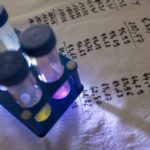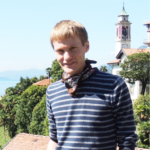Link to Pubmed [PMID] – 31265463
PLoS Comput. Biol. 2019 07;15(7):e1007168
Mathematical models have been used successfully at diverse scales of biological organization, ranging from ecology and population dynamics to stochastic reaction events occurring between individual molecules in single cells. Generally, many biological processes unfold across multiple scales, with mutations being the best studied example of how stochasticity at the molecular scale can influence outcomes at the population scale. In many other contexts, however, an analogous link between micro- and macro-scale remains elusive, primarily due to the challenges involved in setting up and analyzing multi-scale models. Here, we employ such a model to investigate how stochasticity propagates from individual biochemical reaction events in the bacterial innate immune system to the ecology of bacteria and bacterial viruses. We show analytically how the dynamics of bacterial populations are shaped by the activities of immunity-conferring enzymes in single cells and how the ecological consequences imply optimal bacterial defense strategies against viruses. Our results suggest that bacterial populations in the presence of viruses can either optimize their initial growth rate or their population size, with the first strategy favoring simple immunity featuring a single restriction modification system and the second strategy favoring complex bacterial innate immunity featuring several simultaneously active restriction modification systems.

